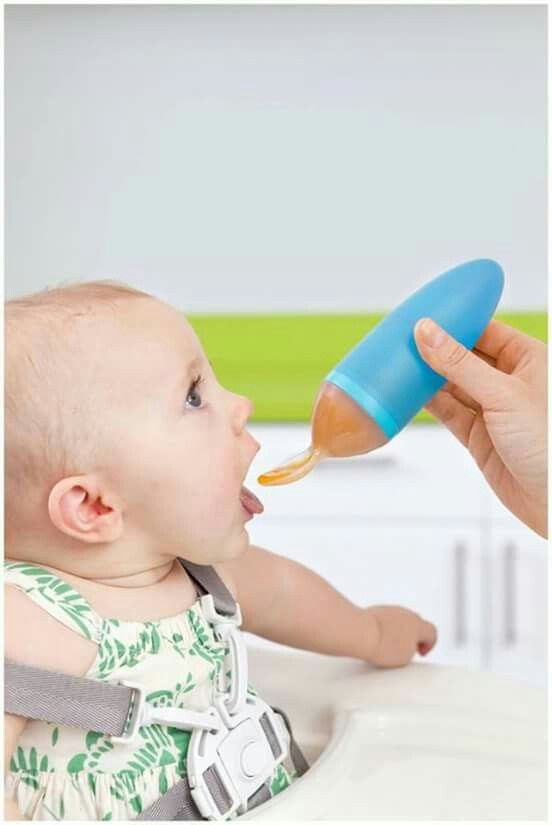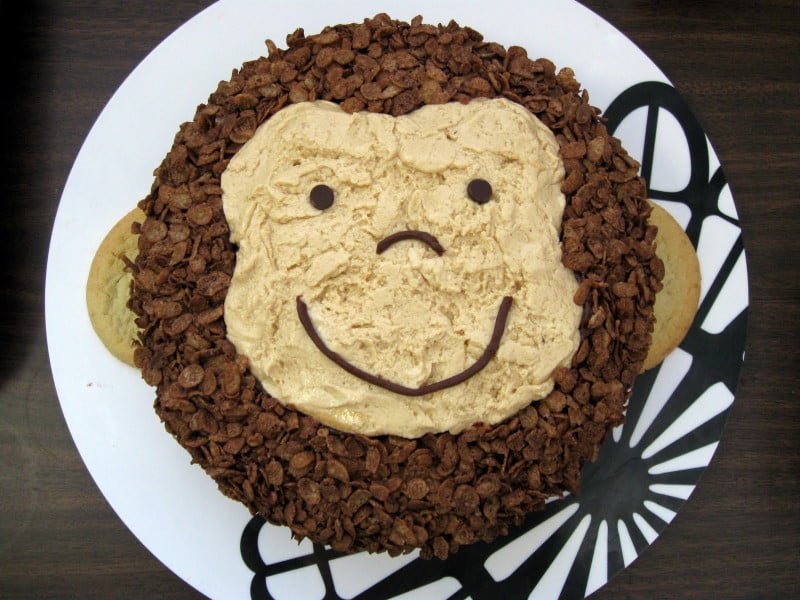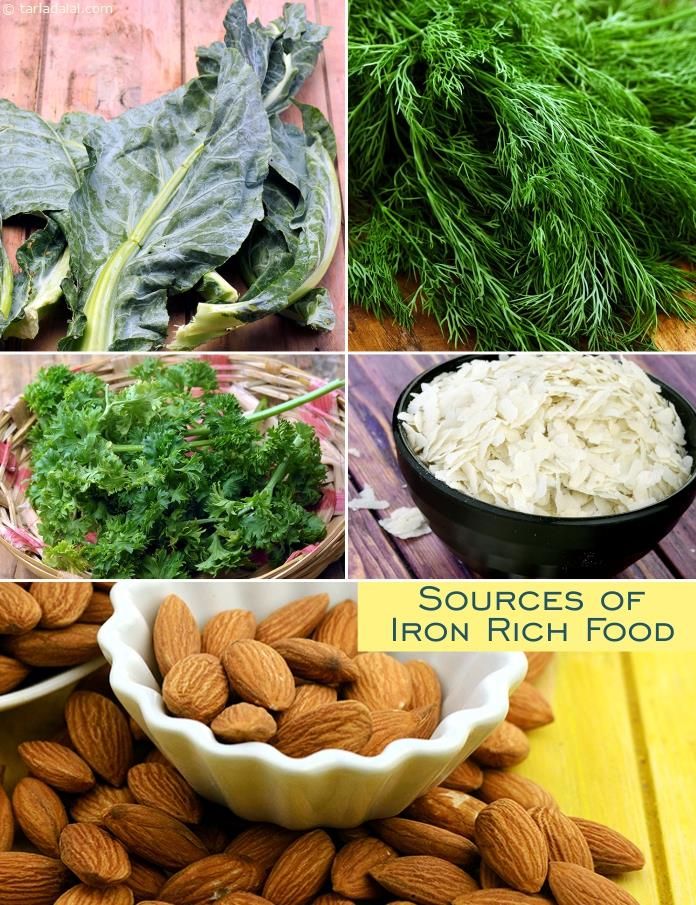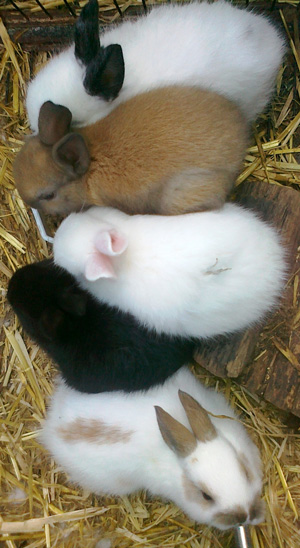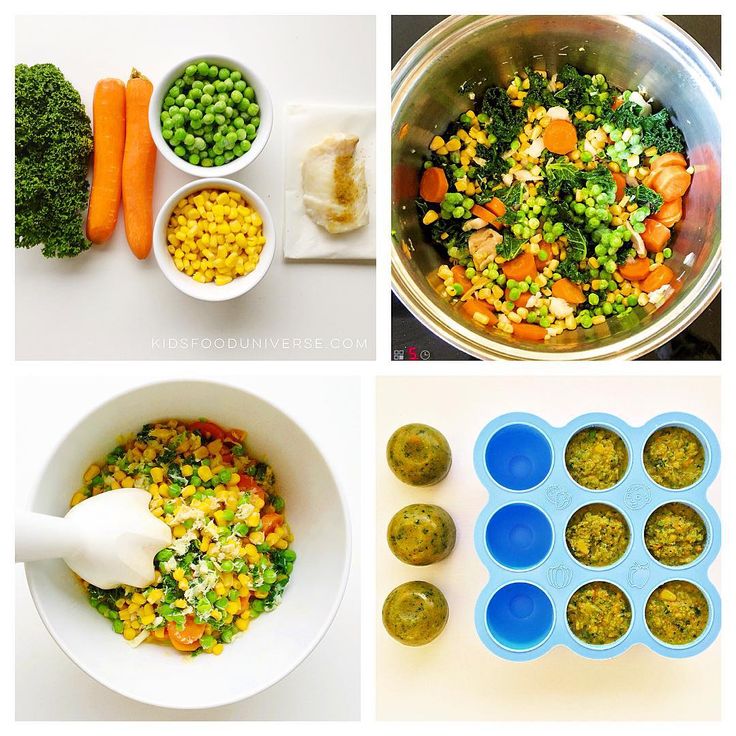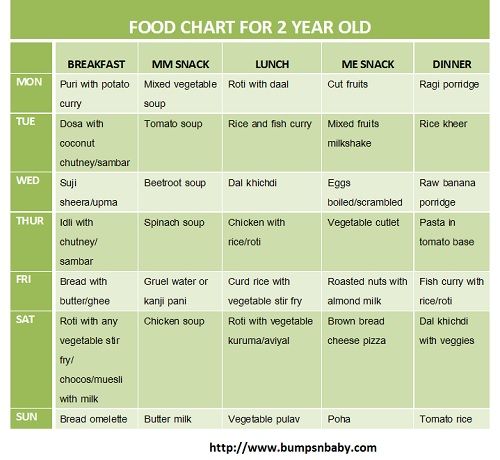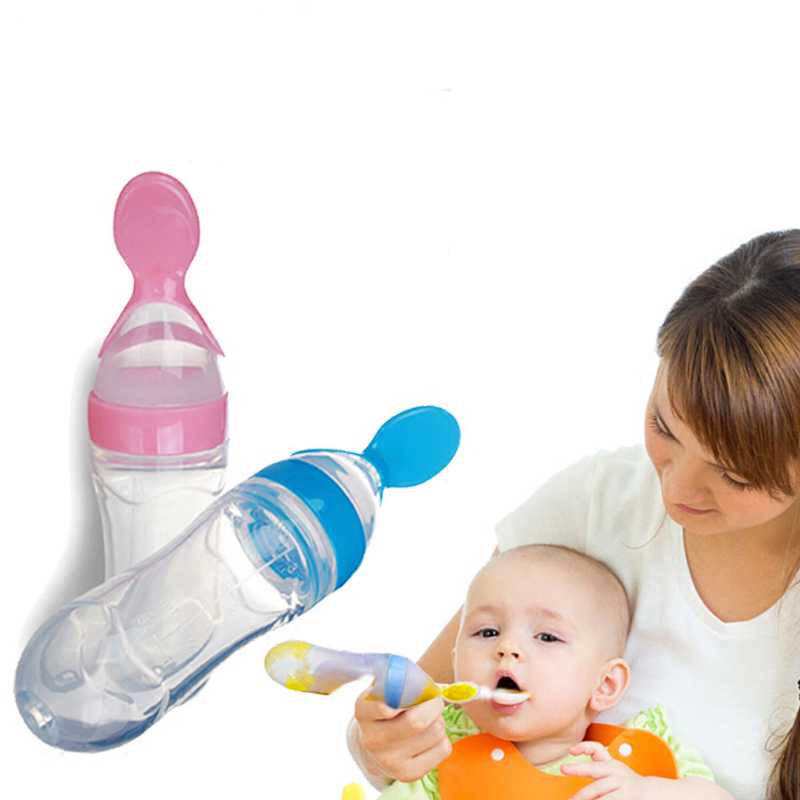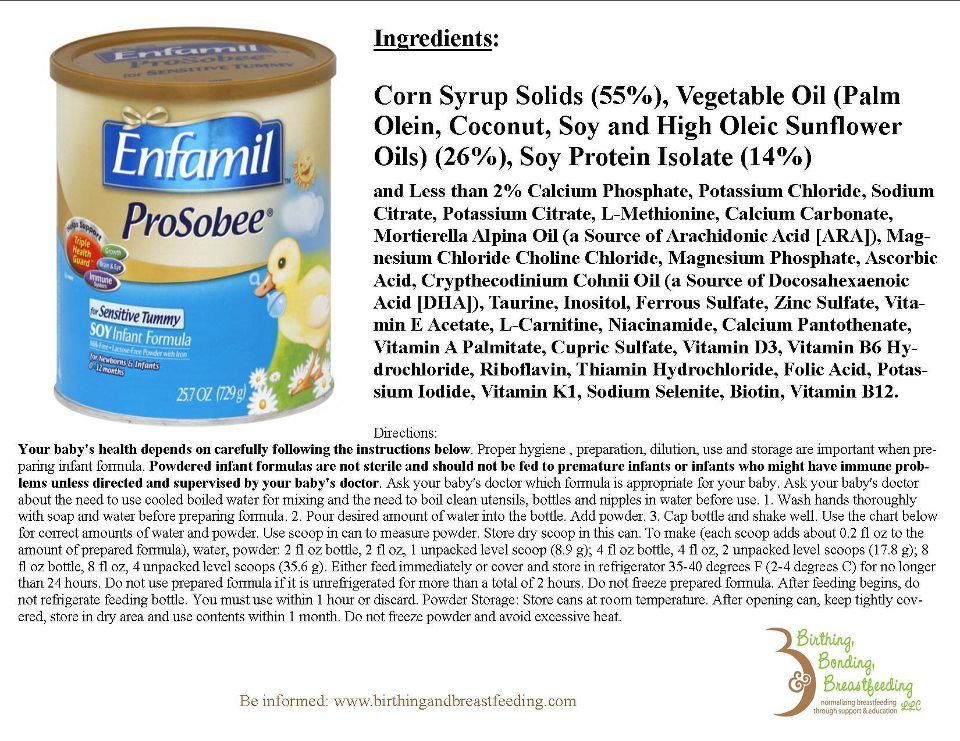Mixed fruit baby food
6 Baby Food Combinations (Stage 2)
6 easy and tasty baby food combination recipes: Sweet Potato Apple, Asparagus Apple, Blueberry Banana Quinoa Flax, Peach Pear, Avocado Peach Pineapple Kale and Pineapple Mango.
Earlier this week I shared a recipe for carrot baby food, which is a great first food for babies. Today I’m sharing 6 baby food combinations that work for babies who are a little older, around 6-8 months. The combos I’m sharing are mostly fruit and vegetables, but there is one combo with quinoa and flaxseed as well. All of these combos have been taste-tested and approved by Olivia. She gobbled up each of them!
Baby not ready for stage 2? I’ve got a collection of 10 baby food purees for stage 1 eaters!
The recipes I’m sharing here are just to give you some ideas of how to make different baby food combos, but there are so many other combos you can make – the options are endless and it’s fun to get creative!
Just last week I made a new combo inspired by carrot cake with steamed carrots, pineapple, ginger, nutmeg and cinnamon. I’ve also been making Olivia peanut butter banana oatmeal (with quick oats) and chia pudding made with breast milk. She loves both!
I haven’t introduced Olivia to meat, but we’ve given her eggs and I’m hoping to have her try meat soon. I’ll likely start with salmon since it’s packed with so many nutrients. Fingers crossed she likes it!
How to Make a Fruit or Veggie Puree
Alight, so let’s cover the basics first… how to make a basic baby food puree with fruit or veggies. It’s actually really easy. That said, if you’re brand new to making baby food purees it might be helpful to review my homemade carrot puree or sweet potato puree recipe. Here’s the basic process:
- Prep: wash the fruit/veggies with water. Peel and chop into smaller pieces. Some fruits and veggies don’t need to be peeled because once they’re cooked the peel will come right off.
- Cook: cook the fruit/veggies by steaming, boiling or roasting. You’ll know it’s done when the veggies are soft and tender.
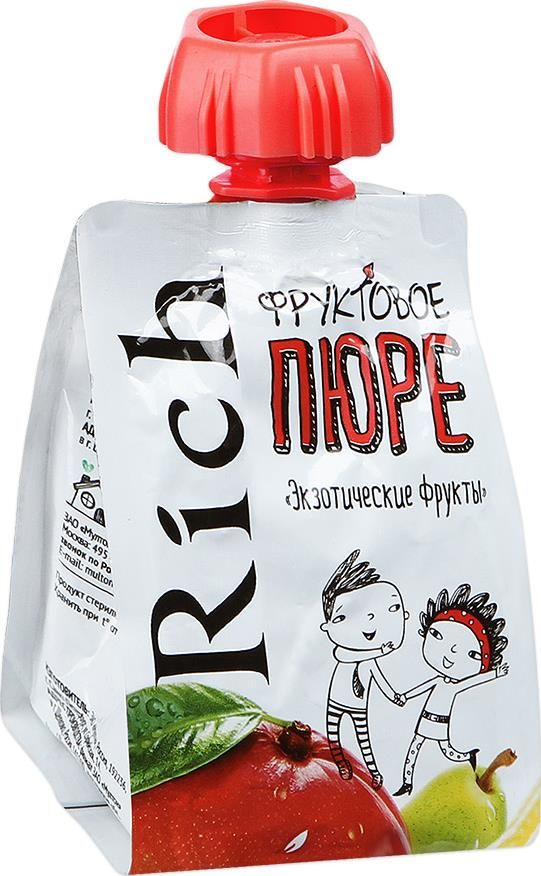 I like to use a fork to test this. If it goes in really easily, I know it’s done. Let cool and peel (if you waited to peel).
I like to use a fork to test this. If it goes in really easily, I know it’s done. Let cool and peel (if you waited to peel). - Blend: place cooked fruit/veggies into a blender or food processor and blend until smooth (or the consistency you desire), adding liquid (water, breast milk or formula) as needed.
Do You Need to Steam Fruits and Veggies for Baby?
It’s recommended that most fruits and veggies are steamed (or cooked) before serving until baby reaches around 8 months of age. Some foods require cooking (like apples and sweet potatoes), just so they’re soft enough to puree. For softer foods (like a ripe peach or blueberries) steaming/cooking is optional, but helpful for babies 6-8 months of age because cooking makes the food easier to digest and baby will able to absorb more nutrients from the food. As you’ll see in my recipes below, I like to use a steamer basket to steam most of my fruit and veggies before pureeing.
Bananas and Avocado
Bananas and avocado are the exception and they are great options to have on hand because you can easily just mash, thin with liquid (if needed) and serve.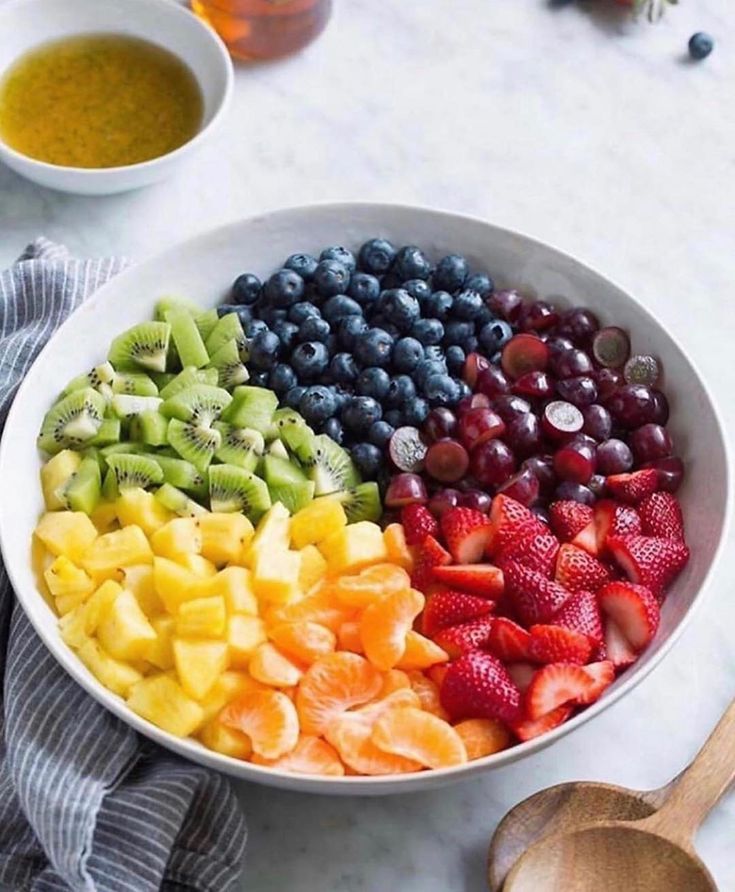
How to Make Baby Food Combinations
For all of these combination recipes, I steamed each fruit/veggie separately and then made the combos using the measurements I share in the recipes. I did it this way because I was batching all of these combos at once and I’m only able to fit so much in one pot, but also because the steam time varies for most fruits and veggies (see below). Of course, you will find some recipes (on other sites) that involve cooking the items that are combined all together, but I found it easier just to steam all of my ingredients separately, measure and then blend them together. Do what feels easiest for you!
How to Blend Baby Food
Once your fruit/veggies are cooked, it’s time to blend. For this you can use a blender, food processor or even an immersion blender. I’ve been using my Vitamix and LOVE it for making baby food because it’s really powerful and makes the blends so smooth and creamy. Some foods don’t need to be blended for babies who are okay with a more chunky texture. You can simply mash them well with a fork.
You can simply mash them well with a fork.
Peeling the Fruit and Veggies
I highly recommend peeling your fruits and veggies because peeling results in smoother purees and makes the food easier for baby to digest. Some foods, like carrots, should be peeled before cooking, but other foods like sweet potato, apples, peaches and pears tend to have skin that peels right off after steaming. Ultimately it’s up to you whether you want to peel the fruit/veggies before or after steaming. Test it both ways and decide which option is easier for you. I’m team peel after steaming!
- 1 avocado
- 1 bunch of kale
- 1 sweet potato
- 1 bunch asparagus
- 1 banana
- 2 apples
- 2 pears
- 4 peaches
- 1 pint blueberries
- 1 pineapple
- 1 mango
- quinoa
- ground flax
Steaming Time For the Fruits and Veggies
As I mentioned above, it’s recommended that most fruits and veggies (even soft ones) are steamed (or cooked) before serving babies who are 6-8 months. If your baby is older you can experiment with using fresh blueberries, peaches, pears, pineapple and mango that hasn’t been steamed, so long as the fruit is ripe and soft. I actually used fresh blueberries when making the blueberry banana quinoa flax combo.
If your baby is older you can experiment with using fresh blueberries, peaches, pears, pineapple and mango that hasn’t been steamed, so long as the fruit is ripe and soft. I actually used fresh blueberries when making the blueberry banana quinoa flax combo.
- Sweet potato: 12-15 minutes
- Apple: 10-12 minutes
- Asparagus: 7-13 minutes
- Blueberries: 5-10 minutes
- Peach: 2-4 minutes
- Pear: 10-12 minutes
- Pineapple: 5-10 minutes
- Mango: 5-10 minutes
Frozen fruit and veggies also work for these recipes. You’ll likely just need to steam them a bit longer.
6 Easy Baby Food Combinations
Here are six different baby food combinations. I’ve listed them in order of the level of complexity from the least complex (peach pear) to most complex (blueberry banana quinoa and flax).
Peach PearIngredients: 2 steamed and peeled pears and 3 steamed and peeled peaches + water or breast milk to thin (if needed)
Asparagus AppleIngredients: 1 bunch of steamed asparagus, 1 steamed and peeled apple + water or breast milk to thin
Sweet Potato Apple CinnamonIngredients: 1 steamed and peeled sweet potato, 1 steamed and peeled apple, pinch of cinnamon + water or breast milk to thin
Avocado Peach Pineapple KaleIngredients: 1 avocado, 1 steamed and peeled peach, 1/2 cup steamed pineapple and 1/2 cup of steamed kale + water or breast milk to thin (if needed)
Pineapple MangoIngredients: 1 cup steamed pineapple + 1 cup steamed mango + water or breast milk to thin (if needed)
Blueberry Banana Quinoa Flax
Ingredients: 1 pint steamed blueberries, 1/2 cup cooked quinoa, 1 ripe banana, 2 Tablespoons of ground flaxseed + water or breast milk to thin (if needed)
How to Store Homemade Baby Food
Once you have the baby food blended to the consistency you want, let the mixture cool and then transfer into BPA-free storage containers or into an ice cube tray. I’ve been using silicone ice cube trays and these 4 oz glass storage containers. The ice cube trays are great for younger babies who aren’t eating as much volume because you can defrost one cube at a time. While the 4 oz jars are great for older babies who are eating more than 1 oz at a time.
I’ve been using silicone ice cube trays and these 4 oz glass storage containers. The ice cube trays are great for younger babies who aren’t eating as much volume because you can defrost one cube at a time. While the 4 oz jars are great for older babies who are eating more than 1 oz at a time.
We had the ice cube trays on hand, and I just recently bought the WeeSprout glass storage containers that are specifically for baby food. I like that they have measurements on the side of the jars and that they’re glass instead of plastic (no worry about BPA). They are also freezer, dish-washer and microwave-safe. Plus they come with colorful lids that you can write on with a dry eraser marker to note the item and date.
When using the ice cube trays, I like to let the food freeze overnight (or until solid) and then transfer the cubes to a freezer bag so I can free up the ice cube tray for more food prep. I used plastic freezer bags for these photos but have since purchased reusable Stasher bags to use.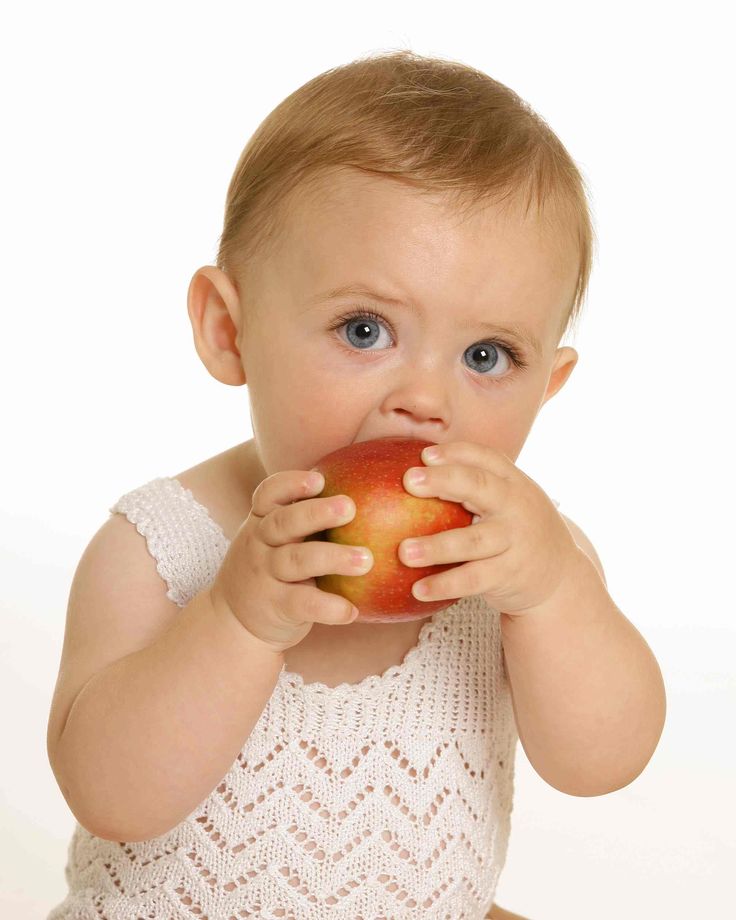 They’re freezer safe and non-toxic and a healthier option for the environment.
They’re freezer safe and non-toxic and a healthier option for the environment.
The baby food combos will keep in the fridge for 2-3 days and in the freezer for up to 3 months.
Can You Freeze Baby Food Made with Frozen Fruit or Veggies?
Yes, you can freeze baby food that has been made with frozen fruit or veggies as long as you have cooked the frozen foods first. You shouldn’t let frozen foods thaw (without cooking), puree and re-freeze.
Can You Freeze Baby Food Made with Breast Milk or Formula?
Freezing baby food that has been mixed with fresh breast milk is totally fine, however you should not freeze baby food that has been mixed with previously frozen breast milk. Frozen and thawed breast milk should never be re-frozen.
Most formula companies don’t recommend freezing formula, but from what I’ve read it’s okay to freeze homemade baby food that has been mixed with formula to thin.
Another option is to freeze the baby food purees without adding any liquid. With this method you can thaw the baby food puree in the fridge overnight and then thin the food to the desired texture with breast milk or formula right before serving.
With this method you can thaw the baby food puree in the fridge overnight and then thin the food to the desired texture with breast milk or formula right before serving.
This post all about freezing baby food has a ton of great insight and tips.
Don’t Forget to Label
I highly recommend labeling any baby food you make before storing it! It’s amazing how quickly you forget what day you prepped the food once it goes into the fridge or freezer. #mombrain
How to Reheat or Thaw Frozen Baby Food
To thaw frozen baby food, I recommend taking the jar out of the freezer the night before you want to use it so it can defrost in the fridge overnight. If you need to use it right away, you can thaw it using a water bath. Some people will recommend microwaving the frozen puree using the defrost setting, but I prefer these two methods:
- Defrost in the refrigerator: Place frozen puree cubes into a jar or baby’s serving dish, cover, and place in the refrigerator overnight.
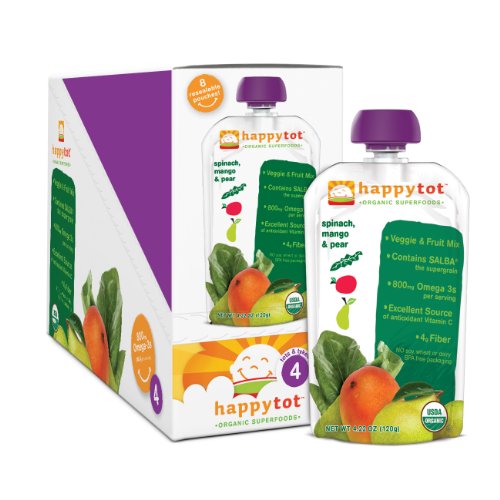 If you stored the puree in a jar or storage container, simply place the jar the fridge.
If you stored the puree in a jar or storage container, simply place the jar the fridge. - Water bath: Place frozen pureed cubes in a small container and set in another larger container with warm water. Replace the water as needed. Once defrosted, portion the food into individual bowls, cover, and refrigerate until serving.
Be sure to use any of the defrosted food within 48 hours of being defrosted and do not re-freeze.
More Recipes for Babies and Toddlers
- 10 Baby Food Purees (Stage 1)
- Baby Pancakes
- How to Make Oatmeal For Babies
- Carrot Baby Food
- Peach Baby Food
- Baby (+ Toddler) French Toast
- Applesauce
- Baby Yogurt Melts
- Butternut Squash Puree
- Sweet Potato Puree
6 Baby Food Combinations
4 from 92 votes
6 easy and tasty baby food combo recipes: Sweet Potato Apple, Asparagus Apple, Blueberry Banana Quinoa Flax, Peach Pear, Avocado Peach Pineapple Kale and Pineapple Mango.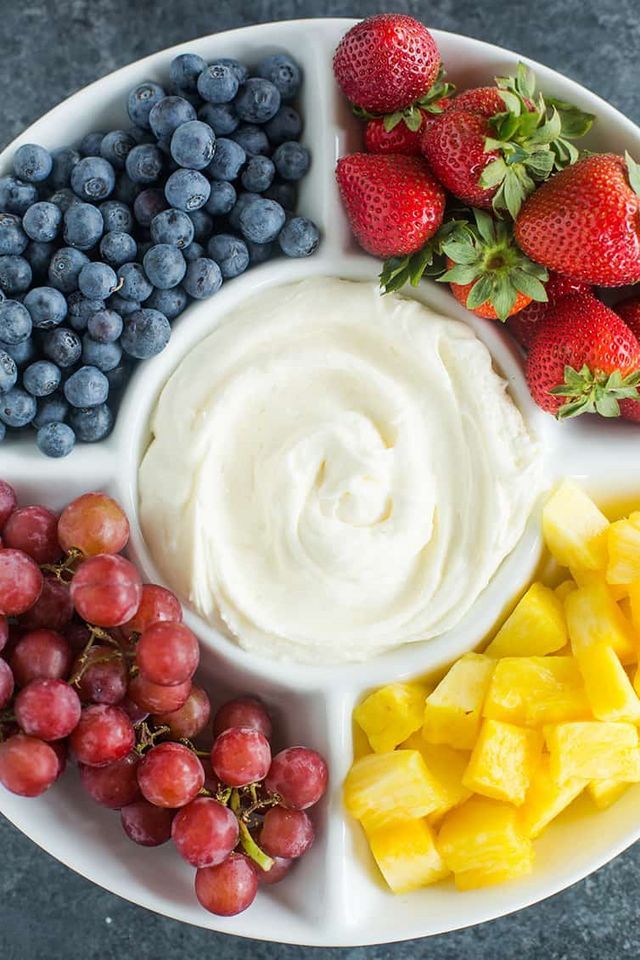
Print Recipe Pin Recipe
Prep Time 10 minutes
Cook Time 20 minutes
Total Time 30 minutes
Servings 6
Peach Pear
- 3 steamed and peeled peaches
- 2 steamed and peeled pears
- water, breast milk or formula to thin (I didn’t need extra liquid for this one)
Asparagus Apple
- 1 bunch of steamed asparagus
- 1 steamed and peeled apple
- water, breast milk or formula to thin
Sweet Potato Apple Cinnamon
- 1 steamed and peeled sweet potato
- 1 steamed and peeled apple
- pinch of cinnamon
- water, breast milk or formula to thin
Avocado Peach Pineapple Kale
- 1 avocado
- 1 steamed and peeled peach
- 1/2 cup steamed pineapple
- 1/2 cup of steamed kale
- water, breast milk or formula to thin (I didn’t need extra liquid for this one)
Pineapple Mango
- 1 cup steamed pineapple
- 1 cup steamed mango
- water, breast milk or formula to thin (I didn’t need extra liquid for this one)
Blueberry Banana Quinoa Flax
- 1 pint steamed blueberries
- 1/2 cup cooked quinoa
- 1 ripe banana
- 2 Tablespoons of ground flaxseed
- water, breast milk or formula to thin (I didn’t need extra liquid for this one)
Pick which combo you want to make, steam the fruits and veggies (using the steam times listed in my chart above).
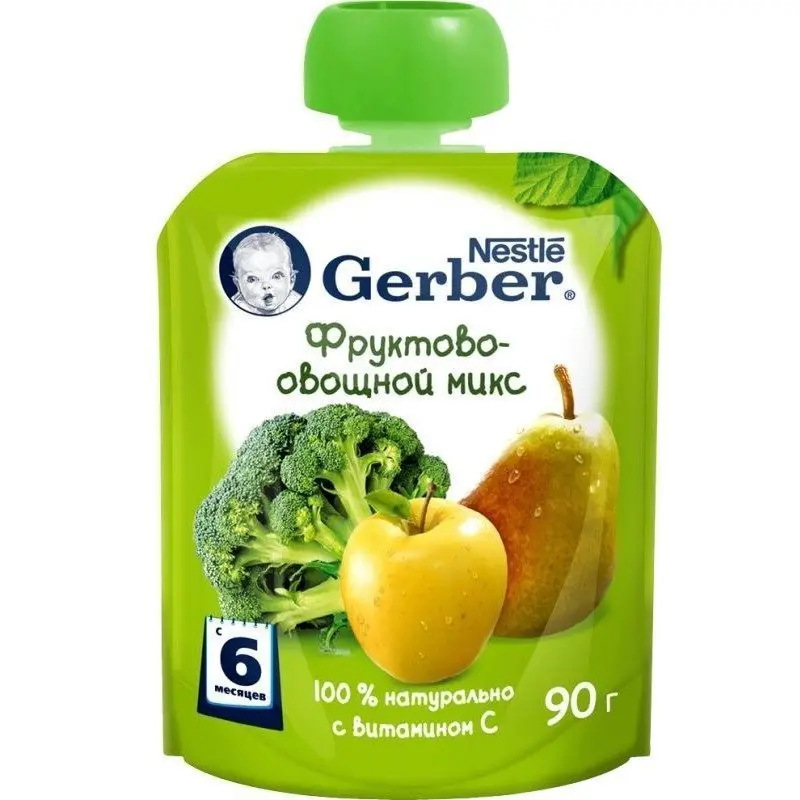
Add all ingredients for the combo you’re making into a high powered blender or a food processor. Blend until you reach the consistency you desire. You can make the purees smooth and more liquidy for young babies or thicker and chunkier for older babies.
Serving: 1/6 of peach pear recipe Calories: 63kcal Carbohydrates: 16g Protein: 1g Sodium: 1mg Potassium: 211mg Fiber: 3g Sugar: 12g
DID YOU MAKE THIS RECIPE?
Please leave a comment and star rating on this post and share on social media using the hashtag #eatingbirdfood. I love seeing your recipe shares!Best Baby Food Combinations (50 Easy Recipe Ideas + Tips)
Learn this simple approach to making baby food combinations with this master list of ideas. With this post, you’ll always have ideas for easy baby meals that both taste great and are realistic for you to execute…even with a busy schedule!
Baby Food Combinations
Moving from single ingredient baby foods to combinations in stage 2 baby food is such a fun stage of feeding babies because things can get so much more flavorful and interesting! And it means that you can batch cook basic purees and then combine them in so many delicious ways to keep things interesting and nutrition varied.
And while I am not opposed to sometimes buying baby food, each of these ideas is super easy—even if you are very busy. I love to have a stash of these in the freezer to use for quick meals in a pinch. (And to be honest, we still use them in the toddler years as easy ways to offer up veggies!)
TIP: Scroll to the recipe at the end of the post for all of the details, and read through the post for answers to common questions and basics about making baby food combos.
Ingredients in Baby Food Combinations
To make the baby foods in this post, you’ll need basic ingredients (that will obviously vary according to which specific puree you choose). The base purees are made with:
- Apples
- Bananas
- Blueberries
- Butternut Squash
- Carrots
- Mango
- Pear
- Peas
- Spinach
- Sweet Potatoes
TIP: Then, to mix things into combinations, you can add in peanut butter, plain whole milk yogurt, Baby Oatmeal, Baby Rice Cereal, and other purees including those made with beans, chicken, pineapple, avocado, peach, and more.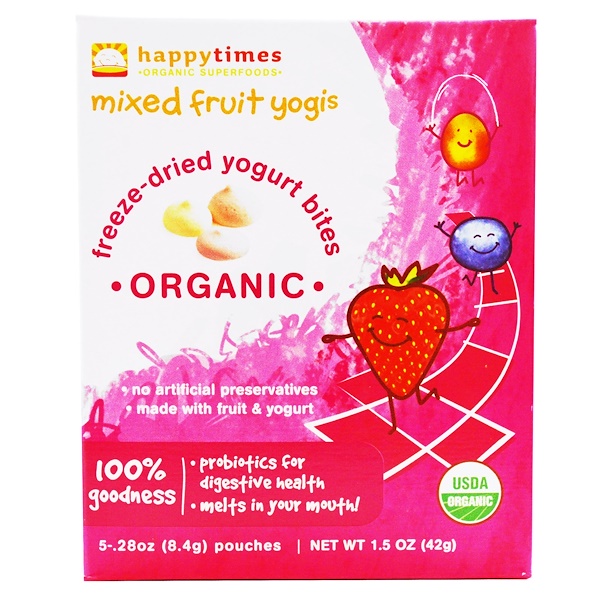
How to Make Stage 2 Baby Food Combinations Step-by-Step
Here’s a look at the simple process involved in making this sort of stage 2 baby food. Scroll down to the bottom of the recipe for the full information.
- Make your base purees.
- Store or freeze until ready to combine.
- Stir together the purees, adding any optional spices or ingredients, until uniform.
- Serve with a spoon or in a reusable pouch.
TIP: I like to make the single ingredient purees and freeze them, then mix and match frozen cubes of purees into yummy combinations. This ensures that you have flexibility to adjust if baby doesn’t love one combination and that you can change up the flavors you’re offering regularly.
How do you combine baby food?
With the way I do it, you simply make two purees (or one puree if you plan to combine it with something like yogurt or oatmeal) and mix them together. You can really do any combinations that sound good to you. I have 10 base purees and 5 easy combination ideas for you to get started, but then you can totally run with it!
I have 10 base purees and 5 easy combination ideas for you to get started, but then you can totally run with it!
Best Baby Food Containers
For storing baby food, I like these Wean Green Storage Cubes (they are glass and are insanely durable—I’ve been using the same set for 8 years), these Beaba Clip Containers, and these Wee Sprout Containers. My go-to reusable pouches include this silicone one from Squeasy Gear and these Wee Sprouts BPA-free plastic ones. (I prefer the 3 ounce size for babies in both pouch options.)
Apple Baby Food Ideas
Once you make basic Apple Puree, you can combine it with so many yummy flavors!
- + plain whole milk yogurt = Apple Yogurt
- + Baby Oatmeal = Apple Oatmeal
- + Spinach Puree = Apple Spinach Baby Food
- + Carrot Puree = Apple Carrot Baby Food
- + Butternut Squash Puree = Apple Squash Baby food
Banana Baby Food Ideas
Try these easy combinations that start with Banana Puree.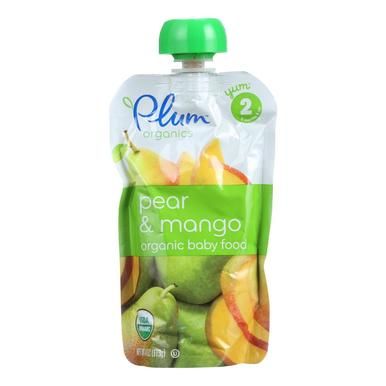
- + Peanut Butter Puree = Banana Peanut Butter Baby Food
- + plain whole milk yogurt = Banana Yogurt
- + Baby Oatmeal + Banana Oatmeal
- + Bean Puree = Banana Bean Puree
- + Avocado Puree + Banana Avocado Puree
Baby Food Combinations with Blueberries
Start with Blueberry Puree, then transform it into these fun flavors.
- + plain whole milk yogurt = Blueberry yogurt
- + Baby Oatmeal = Blueberry Oatmeal
- + Banana Puree = Blueberry Banana Puree
- + Mango Puree = Blueberry Mango Puree
- + Peach Puree = Blueberry Peach Puree
Baby Food Combinations with Butternut Squash
Smooth Butternut Squash Puree is a great base as it’s rich in nutrients and has a naturally mild flavor. (Any of these would be great with a tiny pinch of cinnamon.)
- + Pear Puree = Squash Pear Puree
- + Bean Puree = Squash Bean Puree
- + Banana Puree = Squash Banana Puree
- + Applesauce = Squash Apple Puree
- + plain whole milk yogurt = Squash Yogurt
Baby Food Combinations with Carrots
Start with Carrot Puree, then add in new flavors!
- + Apple Puree + Sweet Potato Puree = Carrot Apple Sweet Potato Puree
- + Pear Puree + Sweet Potato Puree = Carrot Pear Sweet Potato Puree
- + Banana Puree = Carrot Banana Baby Food
- + Quinoa Baby Food = Carrot Quinoa Baby Food
- + Bean Puree = Carrot Bean Puree
Baby Food Combinations with Mango
Mango Puree is a cinch to make and is so intensely flavorful—which makes it play really well with other purees!
- + plain whole milk yogurt = Mango Yogurt
- + Baby Oatmeal = Mango Oatmeal
- + Banana Puree = Mango Banana Puree
- + Avocado Puree = Mango Avocado Puree
- + Peach Puree = Mango Peach Puree
Pear Baby Food Combinations
Ripe pears make delicious Pear Baby Food that freezes and combines well.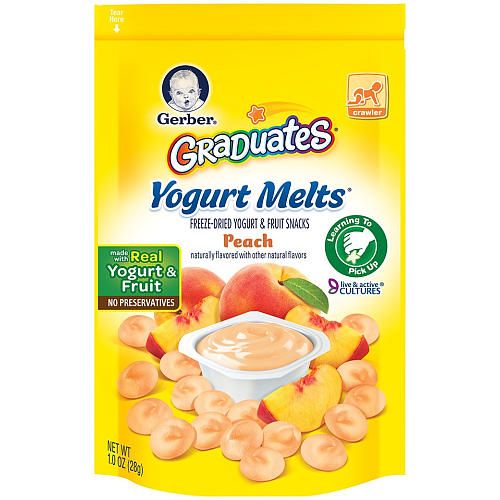
- + Avocado Puree = Pear Avocado Puree
- + Baby Oatmeal + Cinnamon = Pear Cinnamon Oatmeal
- + Banana Puree = Pear Banana Puree
- + Pea Puree = Pear Pee Puree
- + Carrot Puree = Pear Carrot Puree
Baby Food Combinations with Peas
Keep a bag of frozen peas in the freezer and homemade Pea Puree is just minutes away. Then try:
- + Apple Puree = Pea Apple Puree
- + Pear Puree = Pea Pear Puree
- + Mango Puree = Pea Mango Puree
- + Banana Puree = Pea Banana Baby Food
- + Pineapple Puree = Pea Pineapple Puree
Baby Food Combinations with Spinach
My Spinach Baby food already has peas in it (to ensure it’s smooth and mellow in flavor). You can also combine it with:
- + Apple Puree = Spinach Apple Puree
- + Pear Puree = Spinach Pear Puree
- + plain whole milk yogurt = Savory Spinach Yogurt
- + Quinoa Baby Food and pinch Parmesan cheese = Spinach Parmesan Quinoa
- + Bean Puree = Spinach Bean Puree
Sweet Potato Baby Food Ideas
Start with a batch of Sweet Potato Baby Food and then try these yummy options:
- + Chicken Puree = Sweet Potato Chicken Baby Food
- + Bean Puree = Sweet Potato Bean Puree
- + Applesauce = Sweet Potato Applesauce
- + Carrot Puree + Cinnamon = Cinnamon Sweet Potato Carrot Puree
- + Bean Puree + Cumin = Mexican Sweet Potato Bean Puree
How to Store Baby Food—and Send it to Daycare
I prefer to freeze batches of baby food in a silicone ice cube tray overnight, transfer it to a zip top freezer bag, then store it until I’m ready to serve or combine it.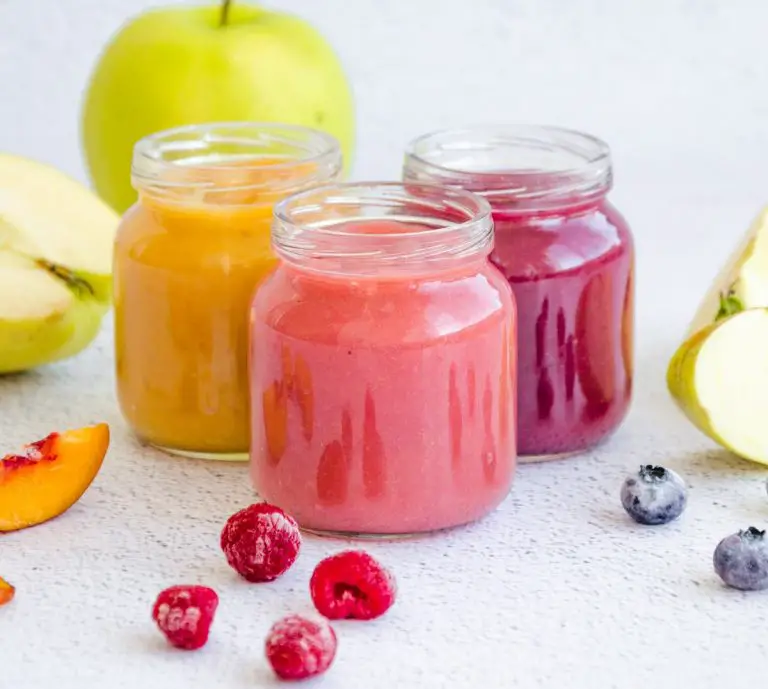 You can then mix and match from the single ingredient purees you have in the freezer by adding a cube or two of two purees to a container. If you do that the night before you plan to serve the food, it will thaw and be ready to stir together.
You can then mix and match from the single ingredient purees you have in the freezer by adding a cube or two of two purees to a container. If you do that the night before you plan to serve the food, it will thaw and be ready to stir together.
This makes it easy to batch cook and have a lot of option to feed baby at home or at daycare.
Tips for Making the Best Baby Food Combinations (Stage 2 & Stage 3)
- These Stage 2 baby foods are great to introduce after baby has started solids with single ingredient baby foods.
- For a 6 month old baby, 1-2 tablespoons baby food may be plenty for a single serving. For a 9 month old baby, they might want ¼ cup or more.
- Adjust the servings based on your child’s hunger, using a roughly one to one ratio of the purees in each combination.
- Read more about the differences in Baby Food Stages here.
- Find my best tips for Baby Food Storage here.
- Add in a little mashed avocado, coconut oil, or Prune Puree to help with baby constipation.
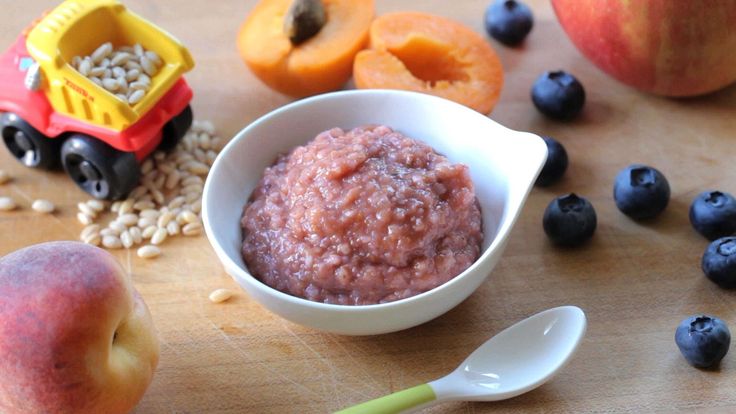
- Serve with a spoon or in a reusable pouch.
I’d love to hear your feedback on these ideas, so please comment and rate the recipe ideas below! I appreciate all of your comments so much.
Prep Time 15 minutes
Cook Time 10 minutes
Total Time 25 minutes
Author Amy Palanjian
Cuisine American
Course Baby Food
Calories 5kcal
Servings 6
1-2 tablespoons Butternut Squash Puree and with one of the following
- ▢ 1-2 tablespoons Pear Puree
- ▢ 1-2 tablespoons Bean Puree
- ▢ 1-2 tablespoons Banana Puree
- ▢ 1-2 tablespoons Applesauce
- ▢ 1-2 tablespoons plain whole milk yogurt
1-2 tablespoons Spinach Puree and one of the following:
- ▢ 1-2 tablespoons Apple Puree
- ▢ 1-2 tablespoons Pear Puree
- ▢ 1-2 tablespoons plain whole milk yogurt
- ▢ 1-2 tablespoons Quinoa Baby Food and pinch Parmesan cheese
- ▢ 1-2 tablespoons Bean Puree
1-2 tablespoons Sweet Potato Puree and one of the following:
- ▢ 1-2 tablespoons Chicken Puree
- ▢ 1-2 tablespoons Bean Puree
- ▢ 1-2 tablespoons Applesauce
- ▢ 1-2 tablespoons Carrot Puree and pinch cinnamon
- ▢ 1-2 tablespoons Bean Puree and pinch cumin
Prepare each puree.
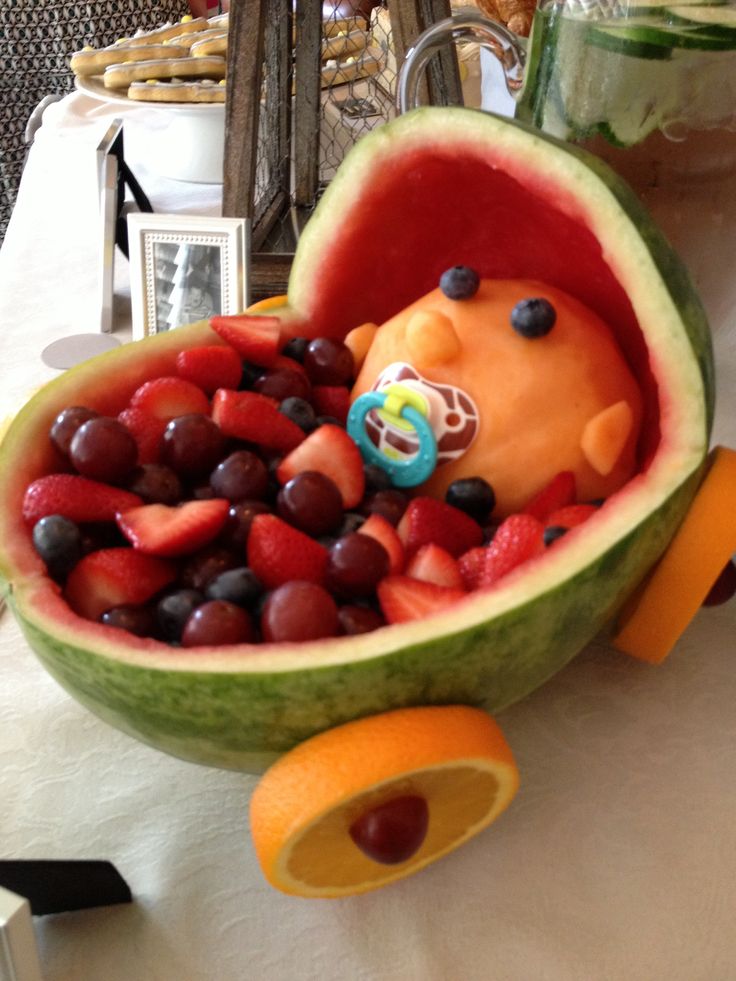 Freeze in a silicone ice cube tray, transferring the cubes to a freezer bag once solid, or store in the refrigerator as needed.
Freeze in a silicone ice cube tray, transferring the cubes to a freezer bag once solid, or store in the refrigerator as needed.Place roughly equal amounts of the two (or more) purees you plan to combine into a bowl. Stir together. (If the purees are frozen, place a cube or two of each into a bowl or storage container. the night before you plan to serve and let thaw overnight in the fridge before stirring together. Or thaw at room temperature for about 2 hours.)
Serve or store for later.
Mixing Bowl
Reusable Pouch
Silicone Ice Cube Tray
- Taste the purees and add more of a sweeter one if needed.
- Add small pinches of spices like cinnamon, ground ginger, and cumin to add flavor.
- Add small pinches of ground flaxseed to add healthy fats.
- Serve with a baby spoon or in a reusable pouch.
- Pack for daycare if needed in small airtight containers.
- Serve cold or warm just slightly.

- If. baby has a dairy intolerance, use a nondairy, unsweetened nondairy yogurt.
- If baby has a nut allergy, use a nut-free alternative that's unsweetened such as Sunbutter.
Calories: 5kcal, Carbohydrates: 1g, Protein: 1g, Fat: 1g, Saturated Fat: 1g, Polyunsaturated Fat: 1g, Monounsaturated Fat: 1g, Cholesterol: 1mg, Sodium: 2mg, Potassium: 11mg, Fiber: 1g, Sugar: 1g, Vitamin A: 30IU, Vitamin C: 1mg, Calcium: 5mg, Iron: 1mg
Tried this recipe?Rate in the comments and tag @yummytoddlerfood on IG!
How is baby fruit puree “invented”? Ask FrutoNyanya
Reviewer Kovtun Tatiana Anatolievna
7596 views
September 15, 2021
Login or register to save articles and products to your favorites
Fruit purees are a tasty and healthy treat for both the youngest children and older children.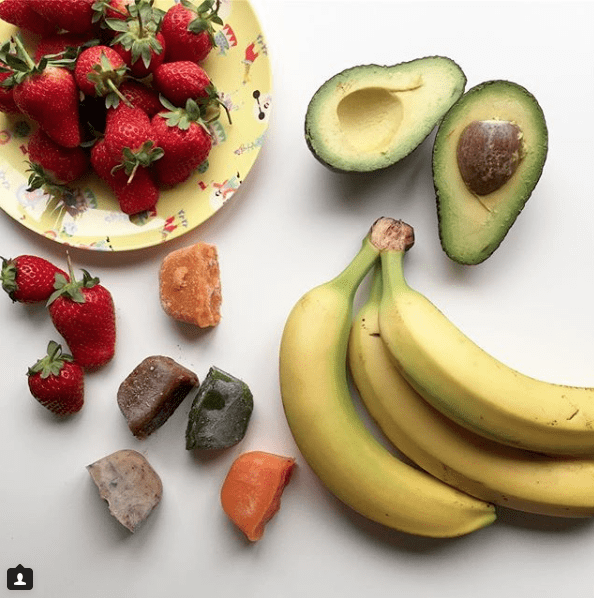 Surely you have often wondered who comes up with combinations of flavors for fruit purees? How to understand if this or that combination is useful? How is puree made? We want to tell you about how baby puree is “invented”, how tastes are tested, recipes are checked, and state certification of products is carried out.
Surely you have often wondered who comes up with combinations of flavors for fruit purees? How to understand if this or that combination is useful? How is puree made? We want to tell you about how baby puree is “invented”, how tastes are tested, recipes are checked, and state certification of products is carried out.
Just imagine! Behind every small jar of fruit puree is a whole team of specialists! These people, doing their job with love and care, help kids to be healthy from childhood.
"We are looking for unique combinations that are balanced in composition and taste"
What is the most important thing in creating a new taste?
As one of the leading producers of the fruit puree market, we have no room for error, because whole generations of small consumers grow up on our purees. Therefore, we pay special attention to the development and creation of each new taste, carefully approaching the choice of ingredients.
The most important thing in creating new tastes is to strike a balance.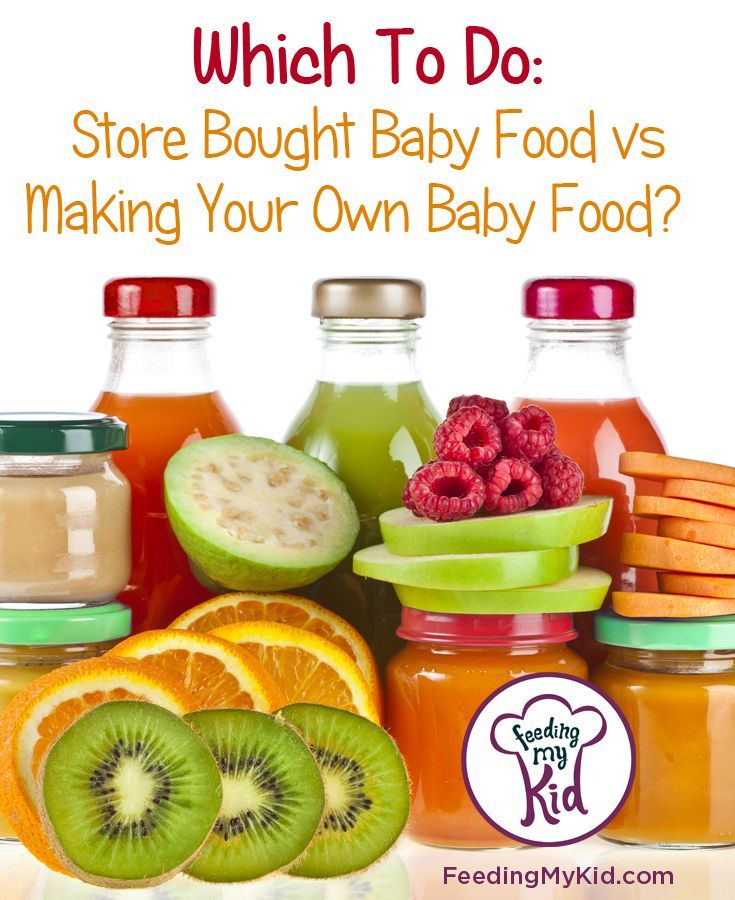 Fruits and berries should primarily be recommended for very young children and have an interesting flavor profile. So, for example, our “salads” were “born” - a “vitamin salad” made of applesauce, rose hips and cranberries and a “currant salad” based on applesauce, black and red currants.
Fruits and berries should primarily be recommended for very young children and have an interesting flavor profile. So, for example, our “salads” were “born” - a “vitamin salad” made of applesauce, rose hips and cranberries and a “currant salad” based on applesauce, black and red currants.
What are the steps involved in making fruit puree?
First, we are looking for interesting flavor combinations of fruits and berries that are healthy for young children, balanced in composition and taste. Then we start writing the terms of reference for colleagues from the development department. In it, we describe in detail what we want to see. This is a very important document.
Then comes an interesting and pleasant moment - tasting samples of a new product. We evaluate it according to a whole scale of requirements - for taste, color, smell, texture.
The jury includes representatives of the marketing service, the department of quality and new technologies, the department of standardization and certification, production services.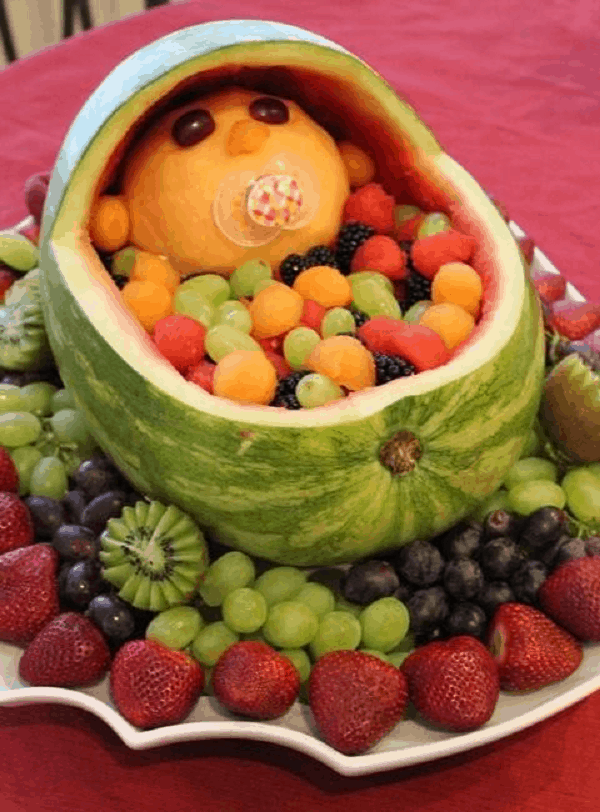 So, with a whole team of professionals, we choose the best of the samples. It is he who will go to a new stage of verification at the Research Institute of the National Center for Health Protection of the Russian Academy of Medical Sciences or Rospotrebnadzor.
So, with a whole team of professionals, we choose the best of the samples. It is he who will go to a new stage of verification at the Research Institute of the National Center for Health Protection of the Russian Academy of Medical Sciences or Rospotrebnadzor.
How is the verification procedure?
The procedure consists of two stages. The first stage is the testing of products for compliance with all mandatory requirements. More than 20 safety and quality indicators are tested. For example, energy value, pH level, sugar content, smell, and texture. An examination of technical documentation is also carried out, and only after that an expert opinion is issued with the full characteristics of the product.
The second stage is directly obtaining the Certificate of state. product registration with Rospotrebnadzor. All samples of the new product undergo thorough laboratory control, and the documentation undergoes a double examination. Data on the state-registered product and its manufacturer are entered in the product register, in plain language, this means that the product has been given the green light and it may appear on store shelves in the near future.
"We test samples of raw materials in our own accredited test center"
A good product comes from good raw materials
How do you check suppliers and their products?
Very carefully. We check samples of raw materials in our own accredited testing center and audit the production facilities of the supplier. Only after successful confirmation of quality and safety, raw materials are transferred to production.
Each batch of ingredients for products undergoes input control for organoleptic (or, if simpler, taste), physico-chemical, microbiological and safety indicators.
What technologies are used to create the puree?
It's very simple: apples are crushed, the pulp is separated from the peel and grains.
If fruit puree is produced from different fruits, then there is a mixing stage, when special pumps feed different purees into containers. After mixing the components, the product undergoes quality control for organoleptic and physico-chemical parameters - whether it is sweet enough, not too sour, whether the color is correct.
After mixing the components, the product undergoes quality control for organoleptic and physico-chemical parameters - whether it is sweet enough, not too sour, whether the color is correct.
Then the puree is heated a little to preserve the nutrients, and is fed to automatic filling machines in glass jars, and then to the automatic packaging machine in cardboard group boxes. The final stage is stacking on pallets and transferring finished products to the warehouse for storage.
Our archive keeps a sample of EVERY batch of product produced throughout its expiration date.
"When introducing a baby to fruit purees, follow the traditional rules for introducing a new product"
How do you choose the right fruit puree for your baby?
After all, fruit purees have many different flavors and interesting flavor combinations.
First of all, you need to consult with a pediatrician. If there are no individual contraindications, then the first choice should be made in favor of single-component, hypoallergenic flavors.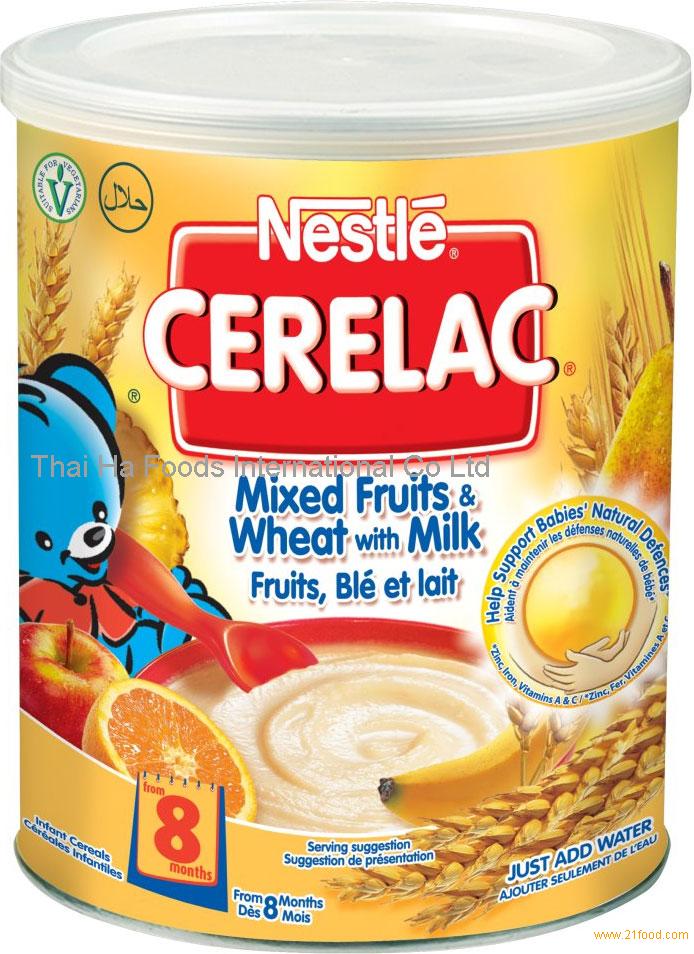 Fruit purees from apples or pear puree "FrutoNyanya" (link to pear puree) are perfect - their hypoallergenicity has been proven by a special clinical study at the Scientific Center for Children's Health (NCCH).
Fruit purees from apples or pear puree "FrutoNyanya" (link to pear puree) are perfect - their hypoallergenicity has been proven by a special clinical study at the Scientific Center for Children's Health (NCCH).
A little later, you can start giving the baby FrutoNyanya hypoallergenic prune puree, which will be very useful for babies with a tendency to constipation, or FrutoNyanya juicy peach puree, which contain organic acids and help digestion.
Simple one-component purees from apples, pears, peaches or prunes can be eaten by a baby from the age of 4 months (provided that the doctor has allowed). Multicomponent "salads" - from 5 months (link to salads). But with the introduction of combined fruit purees containing cottage cheese or cream into the diet, you will have to wait up to six months.
Is there a consumption rate?
Because the puree is very tasty, and the baby may want to eat it again and again.
Yes, you are right, do not forget that everything should have its own measure. When introducing a baby to fruit purees, the same rules should be followed as with the introduction of other products.
When introducing a baby to fruit purees, the same rules should be followed as with the introduction of other products.
- Introduce a new product only when the baby is healthy and he is not scheduled for preventive vaccinations.
- Start with ½ teaspoon and preferably in the morning. It is necessary to increase the volume of puree introduced gradually, within 7-10 days.
- Be sure to monitor your child's reaction to a new product.
- At the age of 4-6 months - the baby can have from 5 to 60 grams of fruit puree per day, at 7 months - 70 grams per day; at 8 months - 80 grams, and from 9 to 12 months - from 90 to 100 grams.
What is the best time of day to give fruit puree to children?
If this is not the first acquaintance of the baby with fruit puree, then this product can take any place in the daily diet of the child. The daily "norm" can be given during breakfast with porridge, and in the second breakfast, and for an afternoon snack, or it can be divided into two feedings.
For information about age restrictions on the use of FrutoNyanya products, see the individual packaging. Specialist consultation is required. The first choice of products for the first acquaintance with the corresponding category of FrutoNyanya products.
Reviewer Kovtun Tatiana Anatolievna
Scientific adviser to PROGRESS JSC, Ph.D. Kovtun Tatiana Anatolievna
12438 views
September 27, 2021
Login or register to save articles and products as favorites
Feeding is the process of feeding a newborn.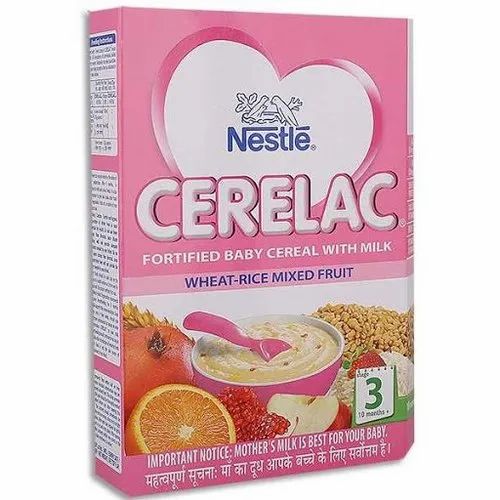 All babies need special nutrition: in the first years of life, active growth occurs, immunity is laid. Therefore, it is important that the child's body receives the right amount of fluid, minerals, vitamins and other nutrients.
All babies need special nutrition: in the first years of life, active growth occurs, immunity is laid. Therefore, it is important that the child's body receives the right amount of fluid, minerals, vitamins and other nutrients.
In the first months of life, the child receives breast milk or infant formula. Depending on which of these dairy products prevails in the child's diet, there are natural, mixed and artificial feeding. What is behind each?
Breastfeeding
The answer is hidden in the name itself: the baby eats breast milk. Experts are unanimous in their opinion: breast milk is the best food for a baby, and it is imperative to keep it at least up to 12 months. Breast milk contains a huge amount of nutrients and nutrients necessary for a child. In addition, each woman's breast milk is unique and fits - like a key to a lock - just for her child.
There are several types of breastfeeding:
- when the mother breastfeeds the child herself;
- the child is fed with mother's expressed breast milk from a bottle or other device;
- when the baby receives donor breast milk according to indications and only after consulting a doctor.
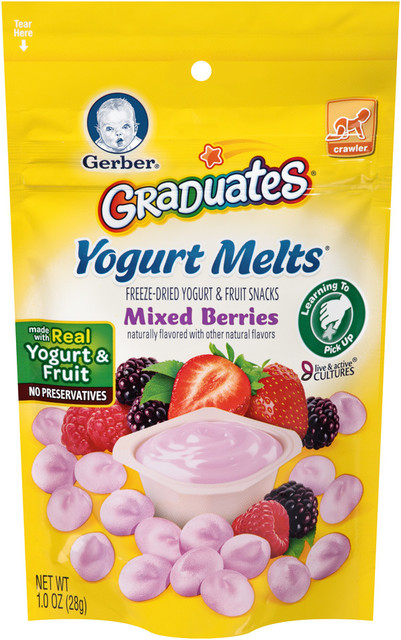
How to breastfeed
Although breastfeeding is a natural process, it needs to be "tuned in". In the first half hour after birth, the baby is applied to the chest, where he will drink only 3-5 milliliters of colostrum - a concentrated secret of the mammary glands, which is produced from the end of pregnancy and in the first days after childbirth. Colostrum is rich enough in nutrients, immune and other beneficial factors to meet the needs of a newborn baby.
In the next few days, the baby will eat colostrum, and only by the end of the first week after birth, the mother will have transitional, and then mature milk, which will become the basis of the diet of a newborn baby and a baby in the first months of life.
At first, it will be better to stick to free feeding, putting the baby to the breast on demand, about every 2-3 hours during the day and every 3-4 hours at night. The method of attachment to the breast, the features of the breastfeeding technique should be discussed with the pediatrician.
On the recommendation of the pediatrician who observes the baby, between 4 and 6 months of the child's life, complementary foods begin to be introduced against the background of breastfeeding. Complementary foods are all products, except for women's milk and infant formula, that supplement the diet with the nutrients necessary to ensure the further growth and development of the child.
Your paediatrician will determine the timing, schedule, and first foods for your baby's complementary foods. FrutoNyanya baby food has a special line of products that is suitable for the first complementary foods. It's called FIRST CHOICE.
Formula feeding
Artificial feeding, or feeding, is the feeding of a child only with infant milk mixtures. Here, the pediatrician determines the indications for the transition to artificial feeding and selects the appropriate mixture for the child. There are many types of infant milk formulas: a formula-fed child can use a mixture for healthy babies, as well as a specialized or therapeutic formula if he has any health problems.
Infant formula
Mixed feeding is the feeding of a child with breast milk, including mother's expressed or donor milk, in any combination with an adapted milk formula. How to organize mixed feeding, the pediatrician will tell you. This is usually done on demand. Such feeding is resorted to when there is not enough breast milk. Malnutrition, the need and volume of supplementary feeding with a mixture is determined by the doctor when examining the baby.
There are several recommendations for mothers of babies who are on natural or mixed feeding:
- crumbs should be applied alternately to both breasts;
- for supplementary feeding, it is worth using nipples and bottles, individually selected for the child in shape, volume and other parameters, depending on the age of the baby;
- , you need to correctly calculate the required amount of the mixture - only a pediatrician can do this, taking into account all the individual characteristics of the development and health of the baby.


